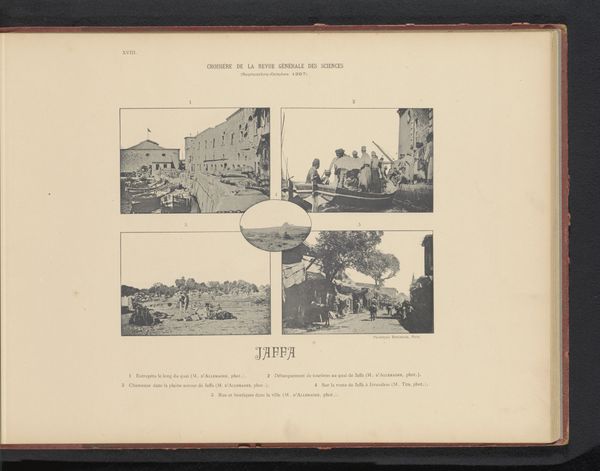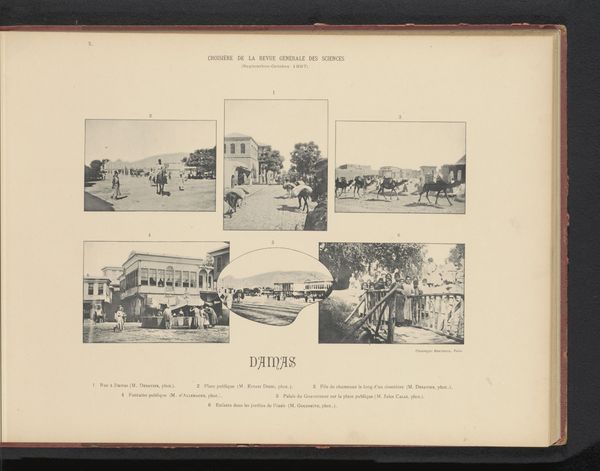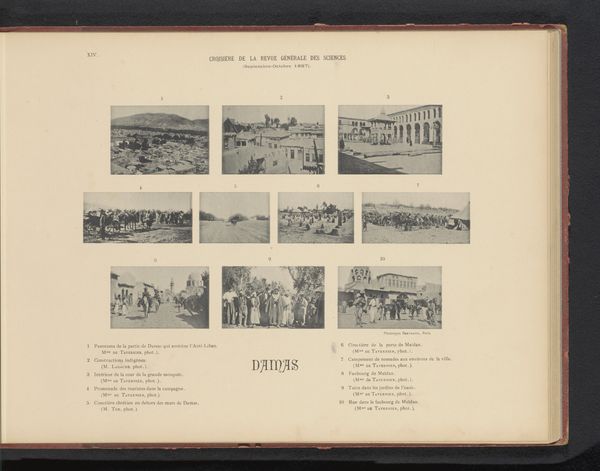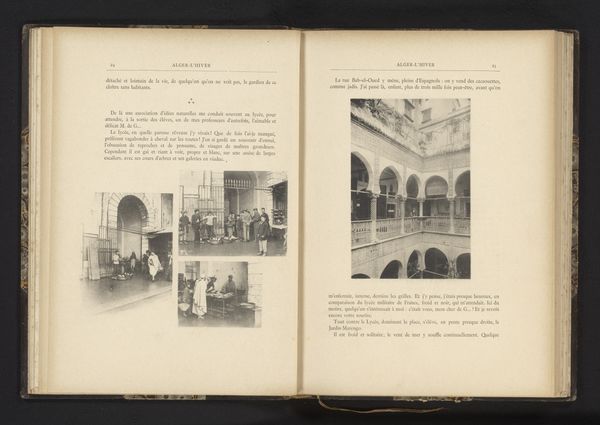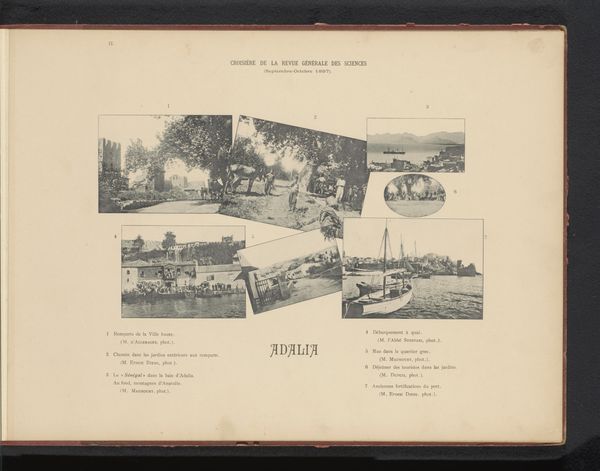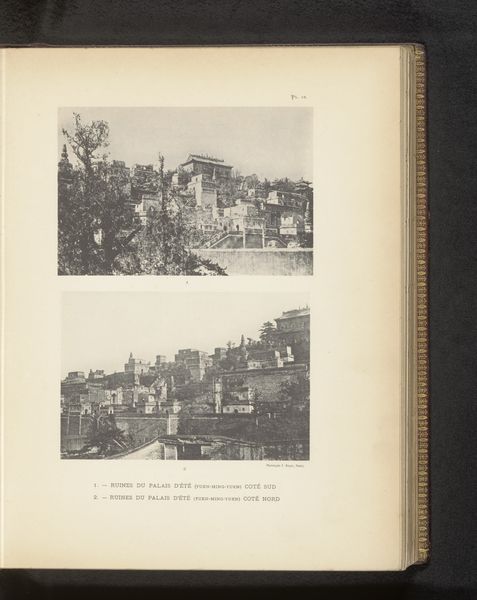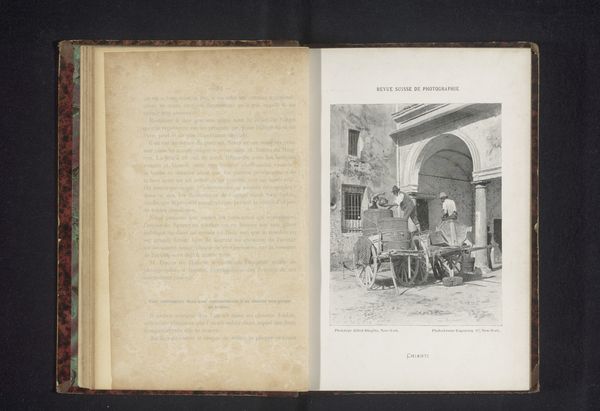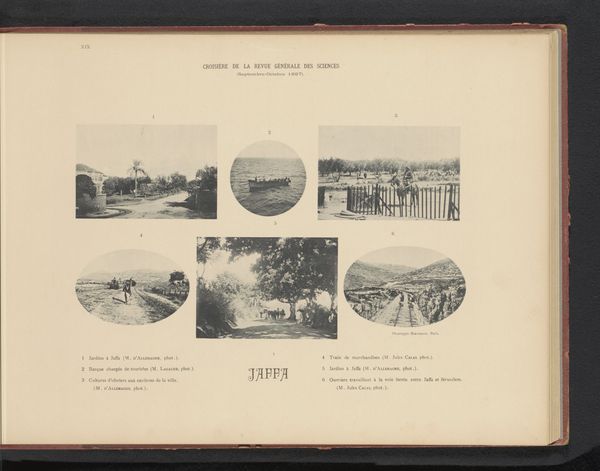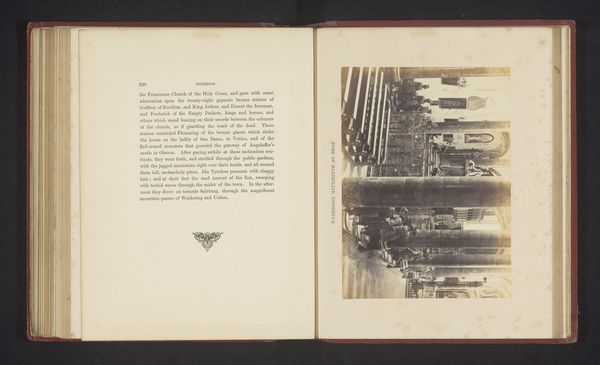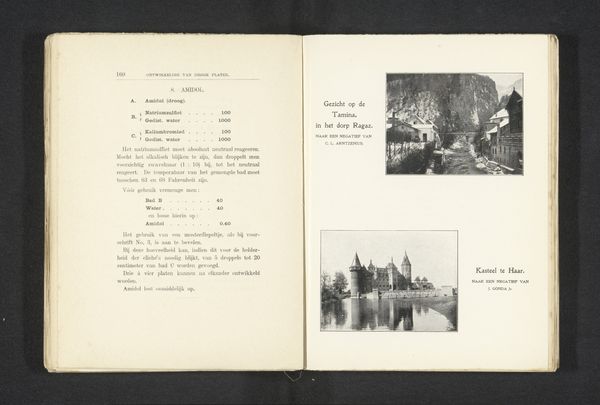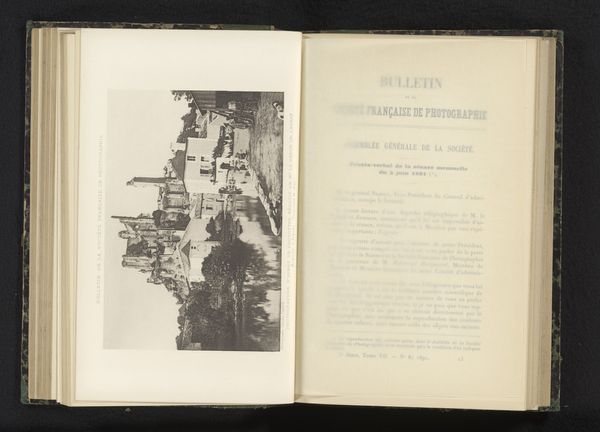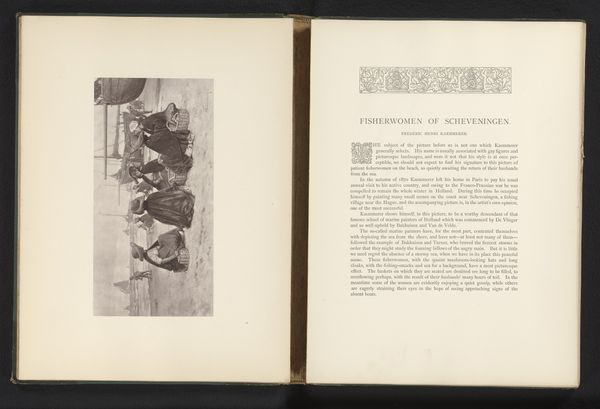
print, photography
# print
#
photography
#
orientalism
#
cityscape
#
islamic-art
#
street
Dimensions: height 293 mm, width 355 mm
Copyright: Rijks Museum: Open Domain
Editor: Here we have "Six Views of Damascus, Syria" by Jules Calas, before 1898, using photography and printmaking. The overall impression is one of faded grandeur; there's a clear contrast between intimate interior spaces and vast urban landscapes. How do you interpret the decision to present Damascus in this composite way? Curator: It’s vital to see this work as part of the larger history of Orientalism, a Western fascination with the "exotic" East. Consider how these carefully curated images might have served a specific political or ideological purpose. What aspects of Syrian life are being emphasized here, and perhaps more importantly, what's being left out? Editor: I see a mix of public and private spaces. There are street scenes teeming with people, contrasted with what appear to be quiet courtyards and building interiors. Is that emphasis deliberate? Curator: Exactly! These images don't offer a neutral view of the city; they represent Damascus through a colonial lens, constructing an image that catered to European expectations of the ‘Orient’ as both mysterious and accessible. Look at the composition – do these images challenge or reinforce existing power dynamics between the West and the Middle East? Editor: So it’s not just about documenting what’s there, but also about shaping a narrative? Curator: Precisely. And remember that photography in this period was often used to categorize and classify different cultures, sometimes reinforcing racist stereotypes. This piece is ripe for interrogation: whose story is being told, and who is telling it? Editor: That really shifts my understanding. I was initially drawn to the aesthetic, but now I see the need to think critically about the historical context and power dynamics at play. Curator: Art always exists within broader political and social frameworks, and acknowledging that helps us unravel the layers of meaning embedded within the work.
Comments
No comments
Be the first to comment and join the conversation on the ultimate creative platform.
